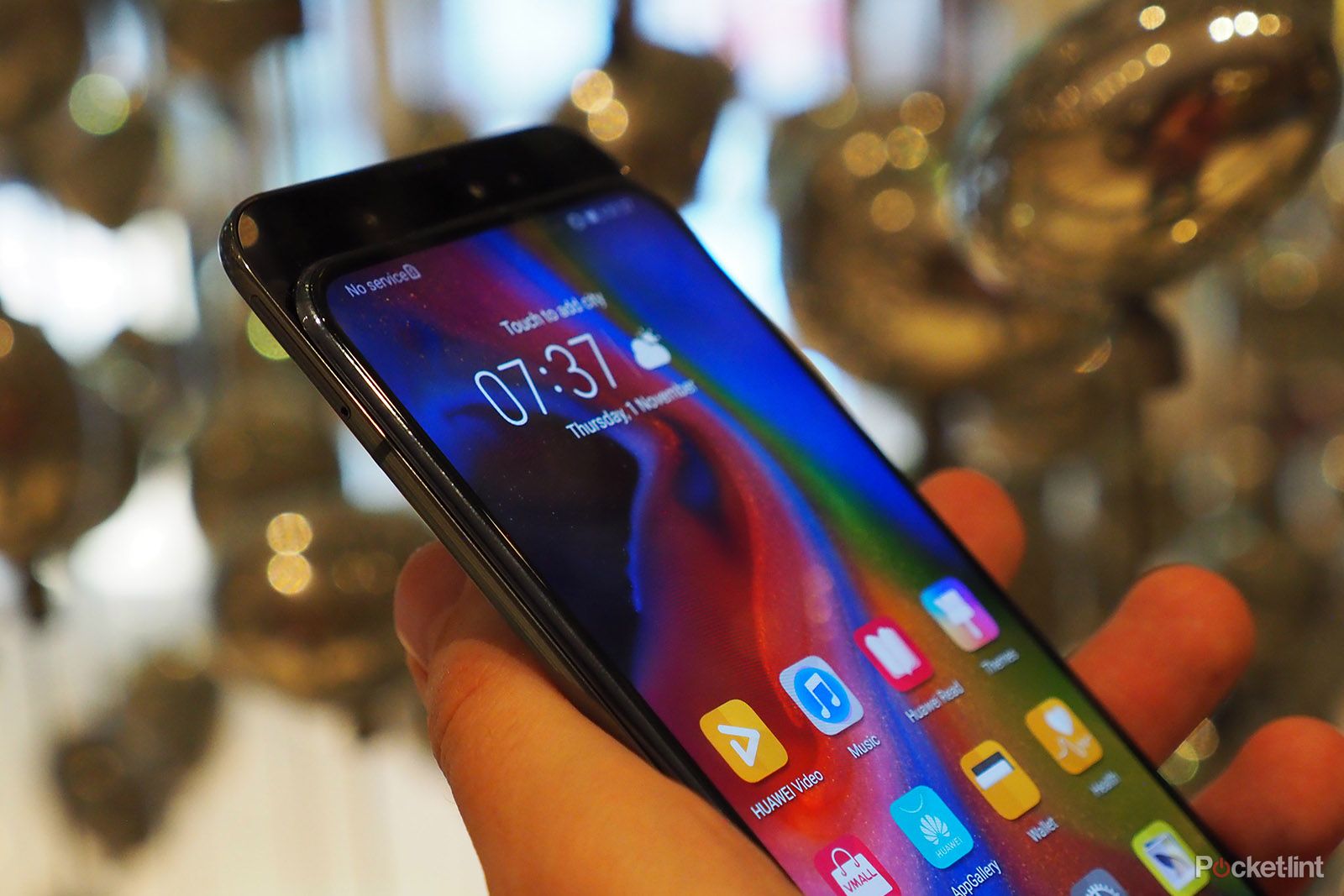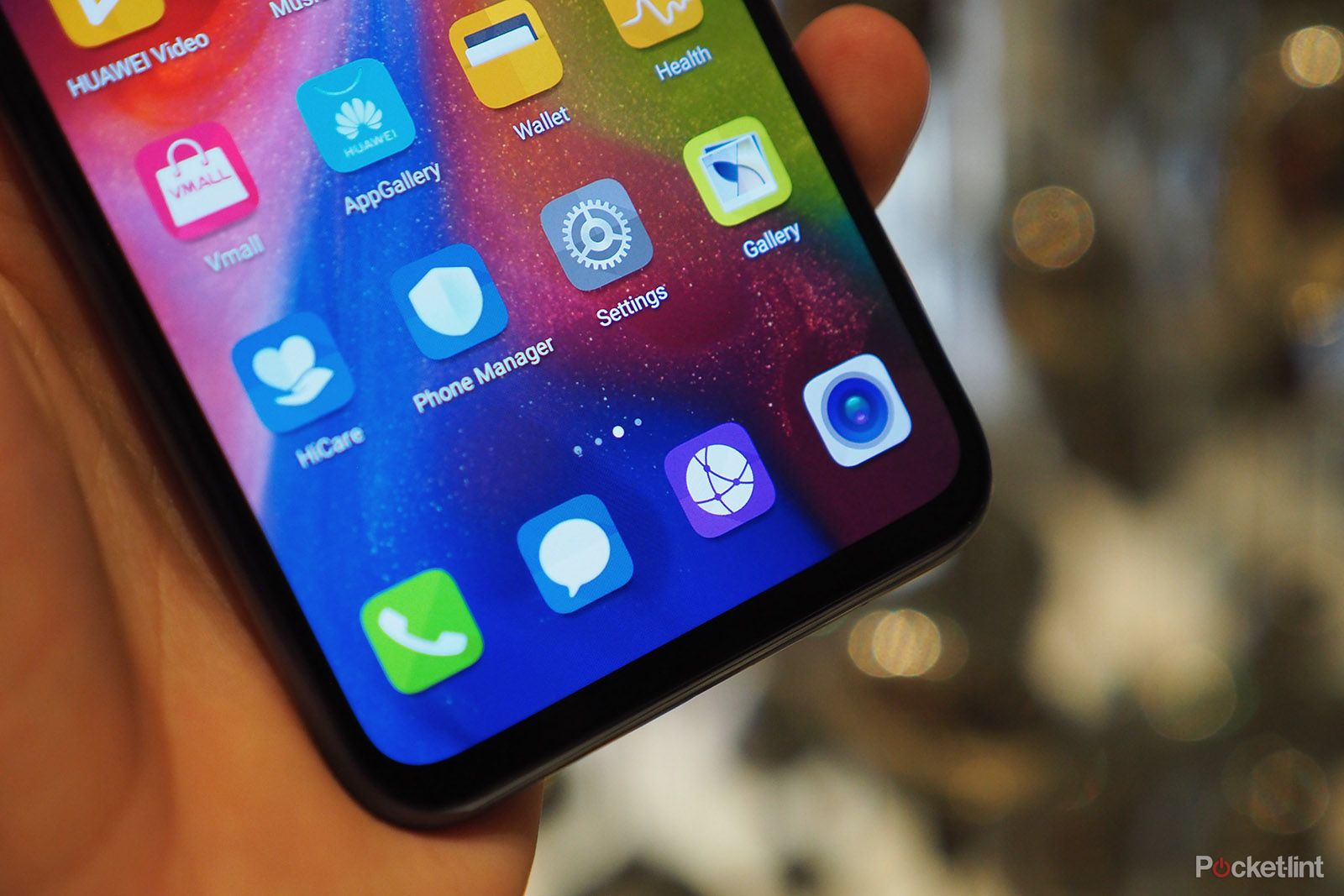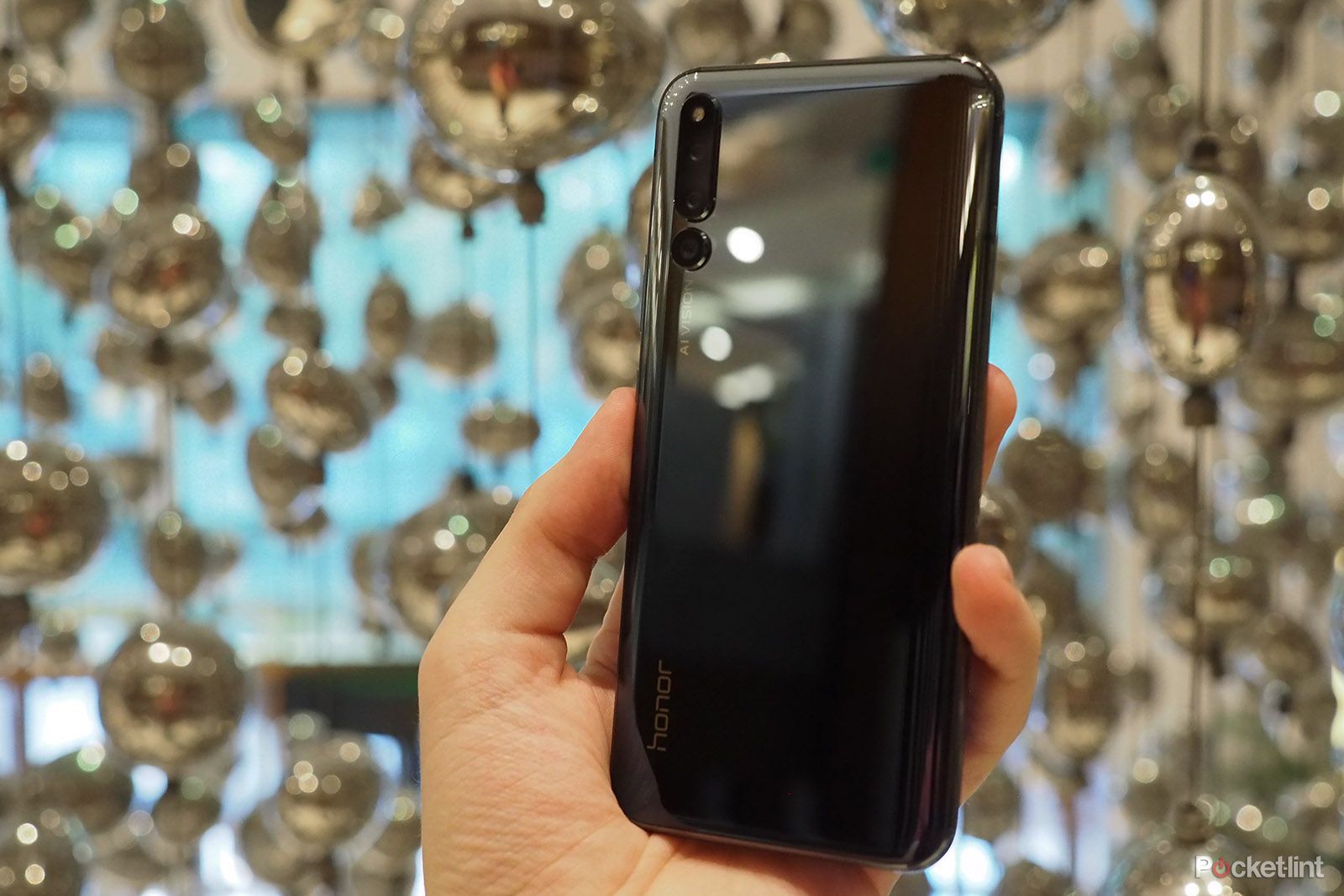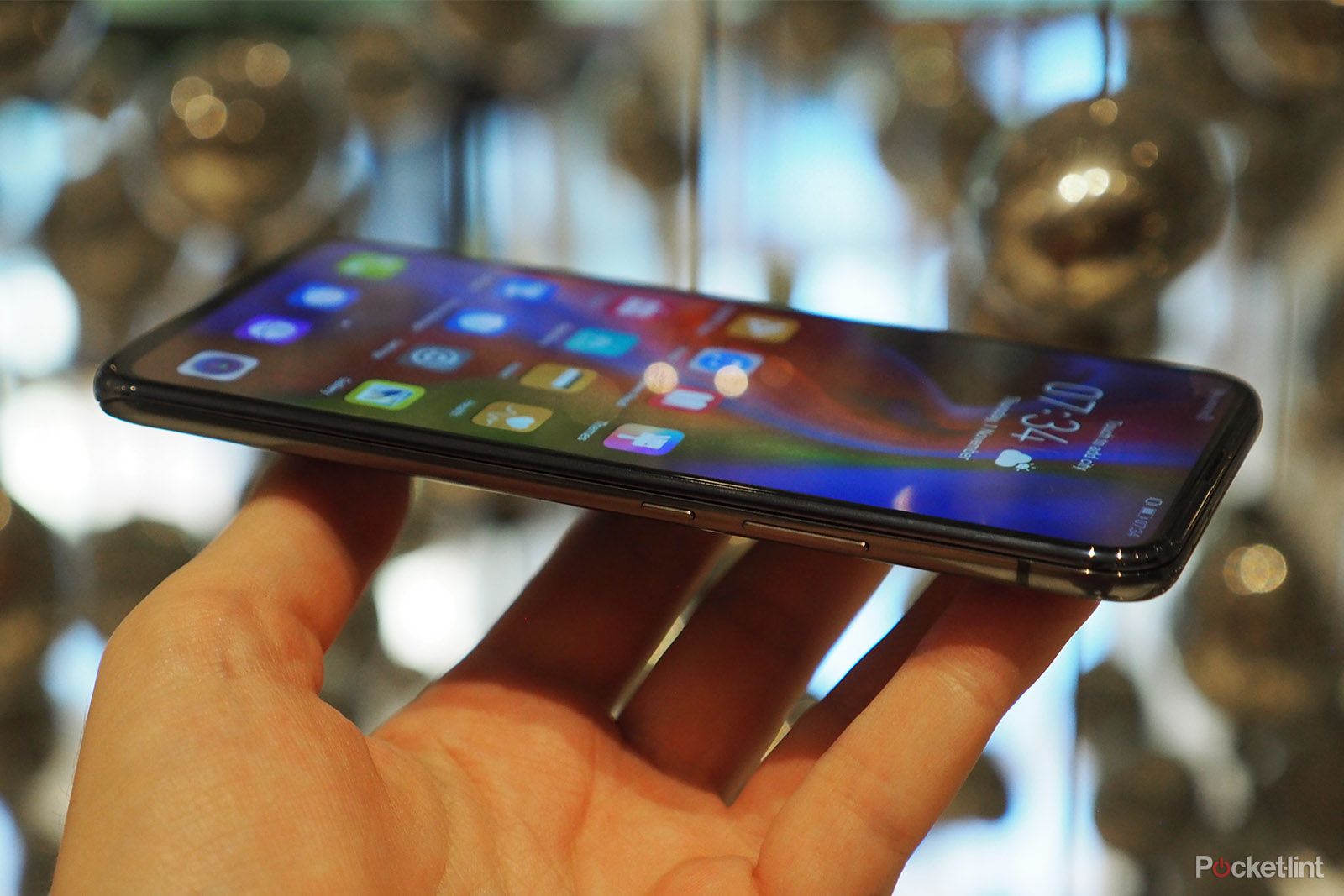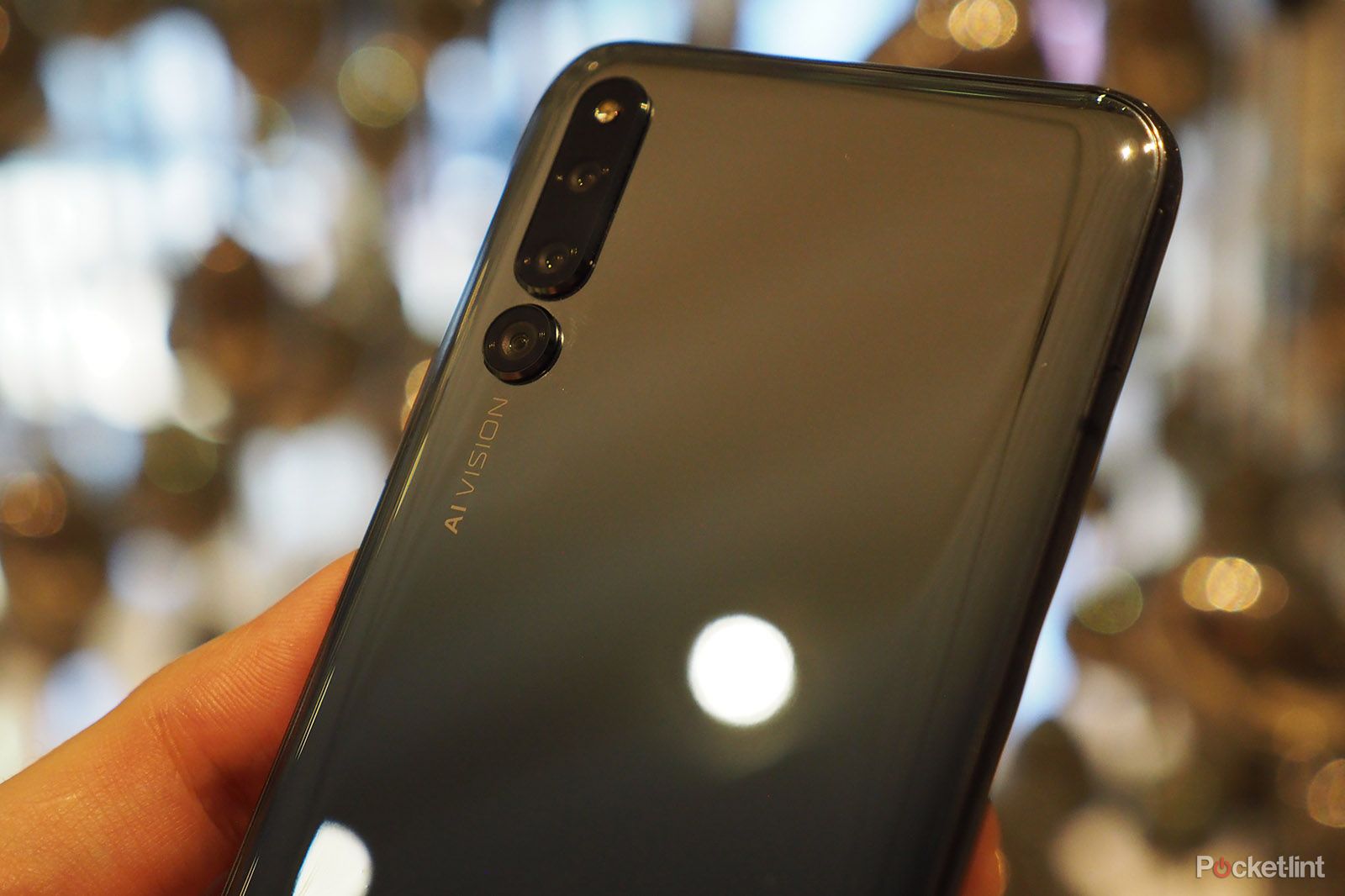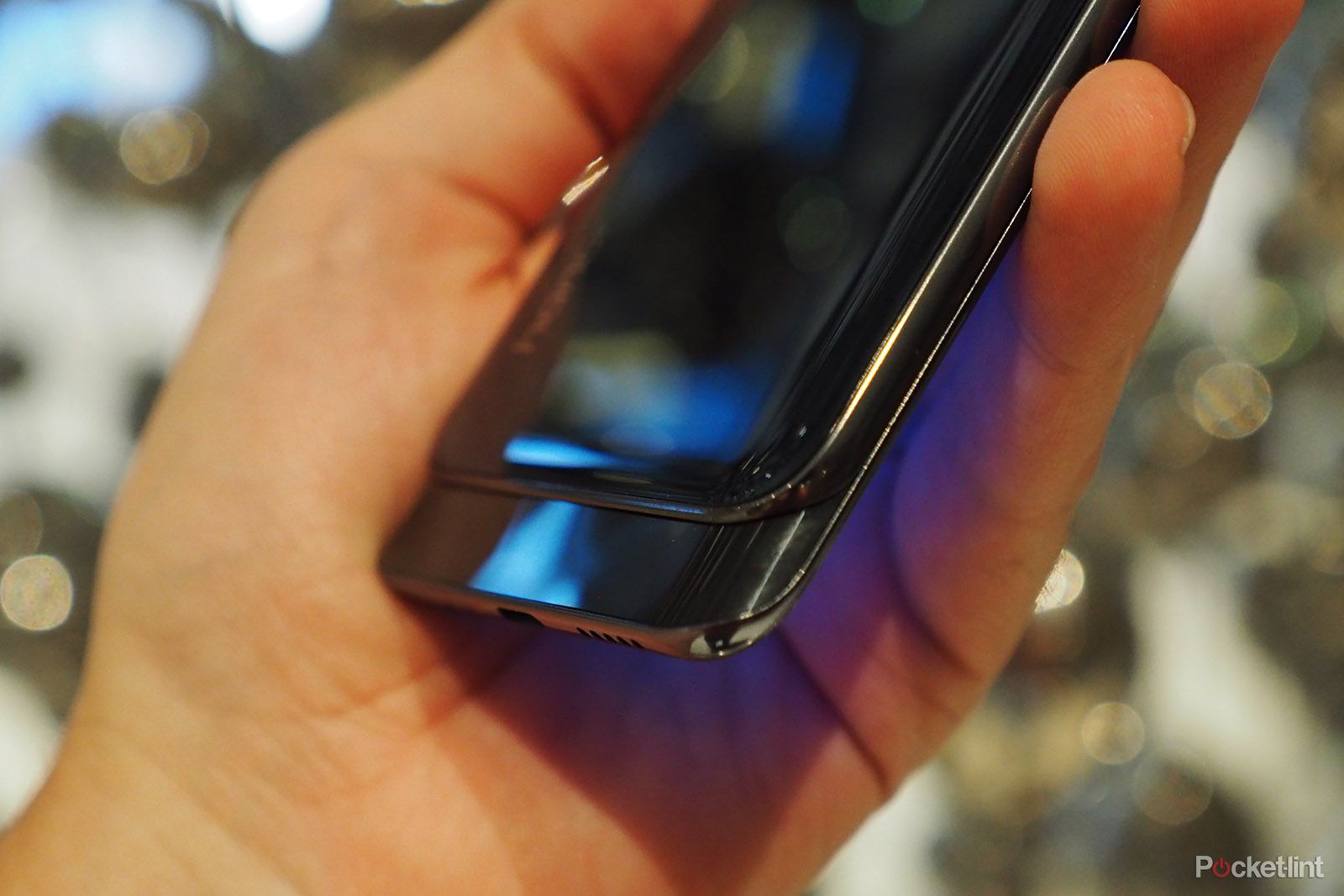We've been following Honor's progress for years. Despite the good value proposition that its phones typically offer, however, there's always been a lingering sense that they often seem like tweaked Huawei phones (that's the parent company, so no surprises there).
The Honor Magic 2, however, largely flips that on its head. This slider phone – its screen moves to expose the front cameras, thus avoiding any notch for maximum display design – feels independent and different. It's Honor spreading its wings.
Indeed, the Magic 2 represents the pinnacle of Honor's ideas and shows that it's not simply 'the affordable phone-maker' but also an innovative one. But is the presence of the slider phone format – there's also the Xiaomi Mi Mix 3 and Oppo Find X – genuinely what the future holds?
Our quick take
Overall, then, the Magic 2 sets out Honor's stall to be taken seriously as a flagship contender with its own ideas. Good ideas at that. The slider phone is an intelligent way of fixing the 'notch problem' and getting the most out of screen-to-body ratio.
That said, the 'notch problem' is likely only a temporary problem. It won't be long before in-screen cameras and sensors begin to develop and shift the need for physical moving parts – manual or mechanical – which will eradicate some of the sliding mechanism's shortcomings in the process (dust, no splash protection, potential failure, and so forth). With that in mind, the Magic 2 is Honor showing off that it's at the forefront – it doesn't even matter if such designs are relegated in the next year, it'll have made its mark.
There's a lot to praise beyond the sliding design, too, including powerful performance, advanced features such as the in-screen fingerprint scanner, and solid cameras at an affordable price point. For its Chinese audience there's also Yoyo, Honor's voice assistant, which will add another layer of potential attraction (but which we've not covered here due to its current irrelevance – until it begins to roll-out in multiple languages beyond its Chinese trio).
As slider phones go, the Honor Magic 2 is, to answer the ever-present Take That lyrics of love, a slice of magic. How long that'll last however, well, like the shoehorned-in boyband reference, all these things have their day. But we'll revel in the excitement while it lasts.

Honor Magic 2 initial
| FOR | AGAINST |
|---|---|
|
|
|
What's a slider phone?
- Screen slides down to expose front-facing cameras
- 5 track 'Butterfly multi-track' sliding mechanism
- Associated launch sound with app launch
In the UK the last slider phone you probably saw will have been a Samsung 'flip phone' from back when phones had keyboards (it's ok, BlackBerry, you still live in our hearts too). The slider phone isn't a million miles away from that concept, though, deploying a sliding screen to reveal the front-facing cameras (and, no, no keyboards).
There are a number of ways this can be done, with Honor opting for the manual motion approach, much like that of the Xiaomi Mi Mix 3. Technically the two phones have different internal designs and patents, but the feeling of pulling down on the screen firmly to see the cameras almost pop-up is almost identical in both handsets.
Other competitors have opted for mechanical routes, such as the Oppo Find X, which will reveal its cameras through moving parts rather than manual intervention. The Vivo NEX S is similar, with a single and smaller pop-up camera mechanism. While these work just fine, there are questions around the longevity of such mechanical operations and what happens when something fails.
In any case, the removal of the front-facing camera from the display area means more screen real-estate, no black-out 'notch' area to worry about. In the case of the Magic 2 that makes for a very display-forward device, with mere millimetres of bezel surrounding its screen on all sides. It's impressive to look at.
Design and display
- 6.39-inch AMOLED screen, 2340 x 1080 resolution, 19.5:9 aspect ratio
- In-screen fingerprint scanner, 3D Face Unlock
- Gradient finish available in black, red or blue
- 157.3 x 75.1 x 8.3mm; 206g
That screen might be familiar if you're into your flagship phones. The 6.39-inch AMOLED panel (which is sourced from Samsung, as all AMOLED is) can also be found in the Huawei Mate 20 Pro, aforementioned Mi Mix 3, and more.
Now that's a good thing, as AMOLED means deep blacks, ample brightness and popping colours. There are options to dial that down within the settings if you prefer, but we doubt that you'll need to. Having no notch makes for an expansive view – although we don't necessarily prefer the notch-free design to the Mate 20 Pro, as the way Android icons exist top left and right looks rather neat in our view.
Show your mates and we think they'll find it stand-out, as so little else on the market has a screen-to-body ratio to such proportions. There's no visible fingerprint scanner to eat up space either, thanks to the integration of an in-screen one (it's the same as the Mate 20 Pro's too, meaning it's the best available on the market right now – every bit as good as a physical one and not limiting when it comes to payments/sign-in/etc).
There are some slight downsides to the slider design though: pull it out of a pocket and it can automatically open; the Magic 2 opts for a trim speaker to the top of its panel, which looks kind of weird when it catches the light; the division between the two panel parts isn't totally seamless when closed; no case can be four-sided (Honor is making one, but didn't have it to hand at the launch event); and we're yet to see what on earth dust and prolonged use will do to such a handset (it might get scratched to bits, it might clog up, who knows).
Flip the Magic 2 over and it's here that its design is most distinctive (and, ok, most Huawei-aping, really). While blue has become the brand's go-to colour – showing in various guises over the years, varying in mirror/reflective/two-tone qualities – in the Magic 2 it's all about the gradient. There is no single, solid colour available: it's gradient 'black' (silver to dark grey, really), 'red' (purple to pinkish-red), 'blue' (deep to, er, less deep). Each looks rather fetching in its own way, but they don't half love to magnify fingerprint smears.
Performance and battery
- Kirin 980 octa-core processor, 6GB/8GB RAM options
- 128GB/256GB/512GB storage options
- Dual SIM (microSD card slot as one)
- 3,400mAh battery, 40W fast-charge
Within this sliding shell is a heavyweight spec, including Huawei's top-spec Kirin 980 chipset with 6GB or 8GB RAM (depending on what you pay – there are 6GB/128GB (¥3799/£425/€480/$545), 8GB/128GB (¥4299/£480/€545/$620), 8GB/256GB (¥4799/£540/€610/$690)and 8GB/512GB (¥5799/£650/€735/$835) iterations). Yes, that's a lot of numbers, but each model represents good value – and, we suspect, outside of the China launch will be inflated beyond those equivalents.
That loadout puts the phone on par with the Huawei Mate 20 Pro, which we've found a great performer over our weeks of use with that phone. However, the Magic 2 doesn't deliver quite the same degree of battery prowess: its 3400mAh cell isn't low capacity by any means, but the Mate 20 Pro's 4200mAh dwarfs it. That's another compromise if you want a sliding phone with no notch, we suppose, as there's less physical space to play with.
How that battery functions in the real world we can't say yet. The Magic 2 we have is the China model, thus it's not hardwired for Google Play use and even if we moved into it as our everyday phone it wouldn't be especially representative of longevity.
If it does run down a little rapidly from time to time then the inclusion of 40W fast-charging (again, the same as the Mate 20 Pro) is super-quick for top-ups. Indeed, that's only bettered by Super VOOC charging (50W) found in the Lamborghini Oppo Find X (the normal model is 40W, which is brilliantly fast).
So while we can't give a particularly accurate handle on overall performance just yet, our time with Huawei's EMUI 9.0 software (which Honor adopts) is promising. Some hate it, but it's now so far along that it's far more accessible to audiences outside of China than, say, the Xiaomi MIUI setup. Thus, Honor is primed to launch internationally with relative ease – if there's the logical demand, anyway.
Six cameras, say what?!
- Three rear cameras: 16MP f/1.8, ultra-wide 16MP f/2.2, 24MP monochrome f/1.8
- Three front cameras: 16MP f/2.0, dual 2MP depth sensors
Never before has there been a camera with six – yes, six, count 'em – cameras. Given Huawei's success with the Leica-endorsed P20 Pro and Mate 20 Pro, it's no surprise that Honor is pulling the strings to try and get some of that attention (albeit minus the Leica tick). Whether that's a good thing or a numbers game, well, there's arguments on both sides.
There are plenty of positives though. The three cameras on the front are not only hidden by default, when revealed the dual 2MP depth sensors are used for heightened accuracy with Face Unlock to ensure only a live face can be logged. Bokeh background blur and lighting effects are also offered on the front. It's a clever idea that we'd otherwise call overkill if such cameras were always on display – but they're not, thanks to the slider design.
On the rear, the Honor Magic 2 has taken a leaf out of Huawei's book in many respects, offering a mixture of what you'll find in the Mate 20 Pro and P20 Pro. There's the ultra-wide lens of the former, for a pinch-out extra wide view of the world (at 0.6x), while the Magic 2's other two sensors embody the colour and monochrome setup (which, oddly, Huawei is beginning to abandon). Note that there's no telephoto lens, which is a shame for lossless zoom and portrait fans, but we suspect it helps to keep the cost down.
Having used the Magic 2's camera briefly, it does indeed function like Huawei's top-hitters for most of the part. Even night mode – the long-exposure handheld HDR function – has made its way across (hidden in 'More' settings, sadly, but it is there).
At the time of writing, however, the sliding mechanism isn't functional to launch the camera. That's an update that'll come with the official Chinese launch – and reflective, we believe, of Honor trying to beat Xiaomi to the punch in announcing its product (which wasn't the case by a mere six days, but that's how this industry goes sometimes).


